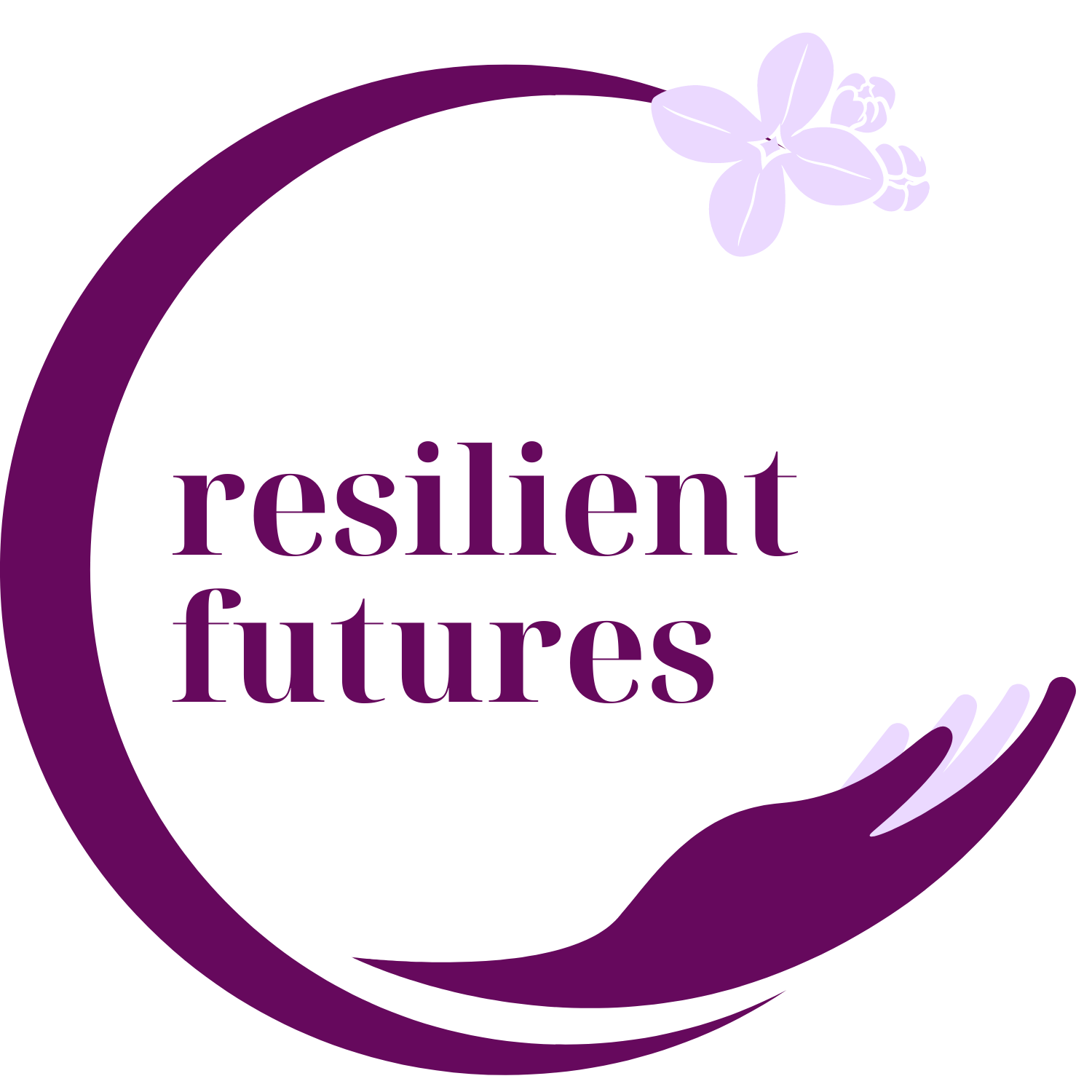Breaking down the Social Determinants of Health and the correlation to Childhood Trauma
We examine the five key Social Determinants of Health and their connection to childhood trauma through research-backed insights, analyze their long-term effects, and explore how trauma-informed practices from caregivers outside the home can mitigate these impacts.
Sign up to read this post
Join Now
